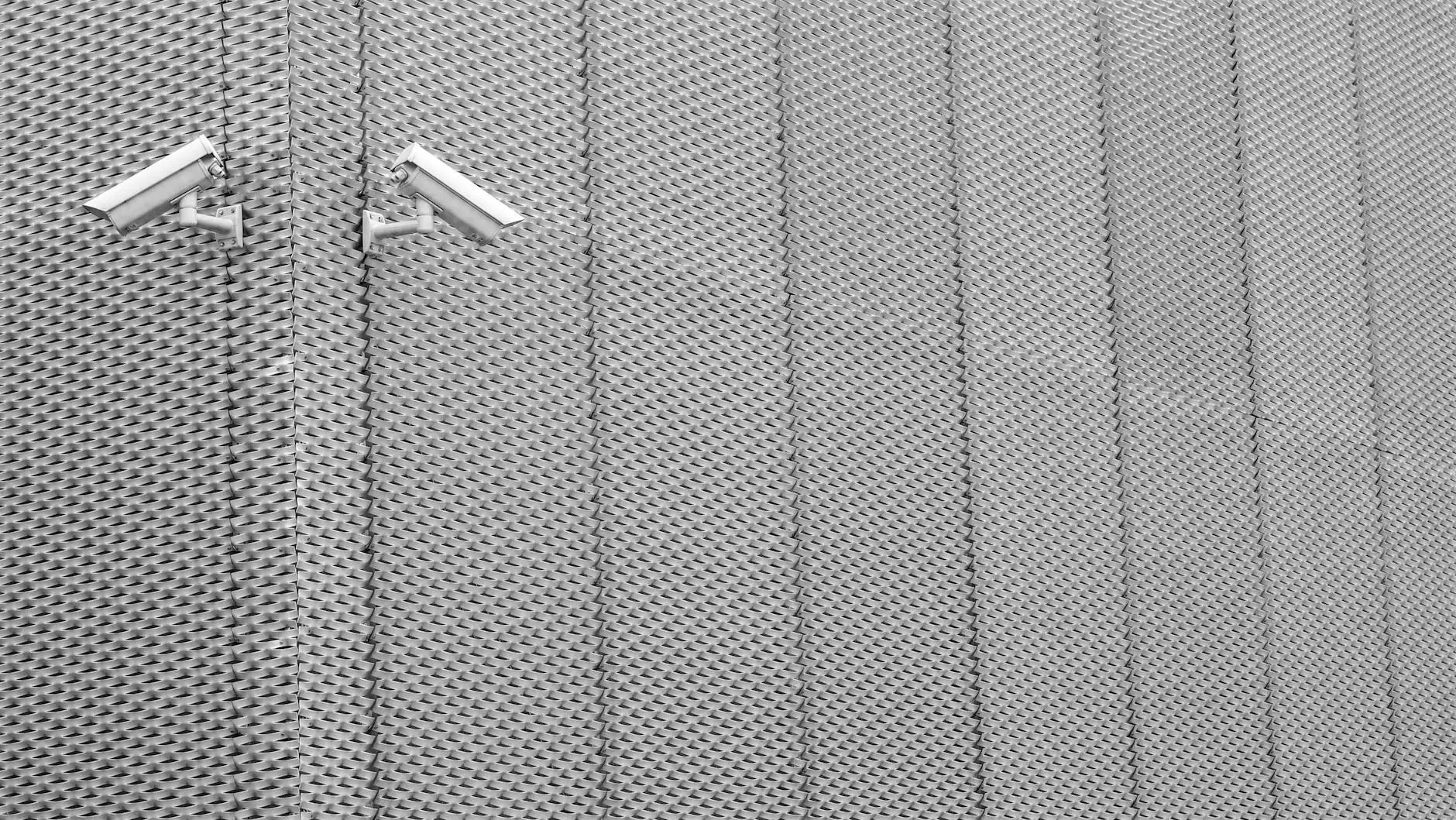The Complete Guide to the Cost of a Salon Suite

In today's competitive beauty and wellness industry, understanding the cost of a salon suite is crucial for aspiring salon owners. Whether you are looking to establish a new salon or expand your current salon services, the financial aspects of securing a salon suite can significantly influence your business’s success. In this comprehensive guide, we will delve into the various costs associated with salon suites, the factors that affect these costs, and practical tips for managing expenses effectively.
What Is a Salon Suite?
A salon suite is a private rental space within a larger salon facility, allowing beauty professionals—such as hairstylists, estheticians, and nail technicians—to have their own dedicated work area. This concept provides several benefits, including autonomy, a personalized environment, and the ability to establish a brand without the burdensome costs of leasing an entire salon.
The Average Cost of a Salon Suite
When considering the cost of a salon suite, it's essential to recognize that prices can vary significantly based on location, suite size, and additional amenities. As per recent surveys and industry reports:
- The average monthly rent for a salon suite can range from $250 to $1,500.
- High-demand metropolitan areas may see rates exceeding $2,000 per month.
- In smaller towns or rural areas, costs can be as low as $200 per month.
Note: These figures are estimates and can fluctuate based on market trends and specific salon suite offerings.
Factors Influencing the Cost of a Salon Suite
Several key factors can influence the cost of a salon suite. Understanding these can help you make more informed decisions when selecting your space:
1. Location
The geographical location of the salon suite is perhaps the most significant factor affecting rental costs. Suite prices are generally higher in urban centers compared to suburban or rural areas. Proximity to high-foot-traffic regions, shopping areas, and affluent neighborhoods can increase demand and price.
2. Suite Size and Layout
The size and layout of the salon suite you choose will also impact the overall cost. Larger suites that accommodate multiple service stations or additional equipment will typically cost more, whereas compact suites may be more affordable but may also limit your services.
3. Amenities Offered
Salon suites that come with a range of amenities—such as waiting areas, scheduling systems, or professional-grade equipment—will often incur higher costs. It is crucial to assess which amenities are essential for your business model and whether they justify the extra expense.
4. Lease Terms
The length of the lease can also affect costs. Shorter leases may come at a premium due to the increased risk for the property owner, whereas longer leases often lead to more stable monthly rates.
Additional Expenses to Consider
While the cost of a salon suite may seem straightforward, several additional expenses are essential to consider:
- Utilities: Most suites will require you to pay for water, electricity, and possibly internet services.
- Licenses and Permits: Ensure you account for state and local licensing fees to operate your salon legally.
- Insurance: Obtaining liability insurance is vital to protect yourself from potential lawsuits.
- Supplies and Equipment: You'll need to invest in tools, products, and supplies necessary for your services.
- Marketing: Establishing a client base will require effective marketing strategies, which can incur additional costs.
Budgeting for Your Salon Suite
Once you have a clear understanding of the cost of a salon suite and the associated expenses, the next step is to create a realistic budget. Here are some practical steps to consider when budgeting for your salon suite:
1. Assess Your Financial Situation
Before leasing a salon suite, evaluate your current financial position. Consider your savings, projected income from services, and any potential financing options that may be available to you.
2. Create a Detailed Business Plan
A well-structured business plan is crucial for understanding your financial projections. Outline your expected monthly revenue, expenses, and the period in which you aim to break even or become profitable.
3. Consider Growth Potential
While it may be tempting to opt for a lower-cost suite, consider the growth potential of the area and your business. A higher initial investment in a prime location may lead to increased foot traffic and higher revenue over time.
Maximizing the Value of Your Salon Suite
To ensure your investment in a salon suite pays off, consider implementing strategies to maximize value:
1. Build Your Brand
Develop a strong brand identity that resonates with your target audience. Invest in quality signage, business cards, and a professional website to attract clients and build loyalty.
2. Offer Exclusive Services
Differentiate yourself by offering unique services that are not readily available in your area. This can attract clients looking for something special, allowing you to justify higher pricing.
3. Utilize Social Media
Leverage social media platforms to build an online presence and engage with clients. Share your work, promote special deals, and connect with your local community.
4. Foster Client Relationships
Providing exceptional customer service can lead to repeat business and referrals. Develop strong relationships with your clients through personalized services, follow-ups, and loyalty programs.
Success Stories: Salon Owners Who Thrived in Suite Rentals
Numerous salon professionals have successfully navigated the cost of a salon suite and achieved remarkable success. Here are a few inspiring success stories:
- Anna's Hair Studio: Anna started her salon suite with minimal products and gradually expanded her services based on client demand. With effective marketing and a solid brand, she tripled her clientele within two years.
- Beauty by Jessica: Jessica transformed her salon suite into a full-service beauty bar. Offering a range of services, including makeup and skincare, she achieved financial independence and built a strong client base.
- Nail Art by Sam: Sam specialized in nail designs and quickly gained popularity on social media. By focusing on her niche, she built a loyal following, significantly raising her pricing and revenue.
Conclusion
Understanding the cost of a salon suite is essential for anyone looking to establish a career in the beauty and wellness industry. By considering all factors—location, suite size, amenities, and additional expenses—you can make an informed decision that aligns with your financial goals. Moreover, developing a solid business plan and implementing effective strategies for growth can position you for success in this competitive marketplace.
With dedication, creativity, and a commitment to providing exceptional service, your investment in a salon suite can lead to a thriving business that flourishes in the beauty industry.









